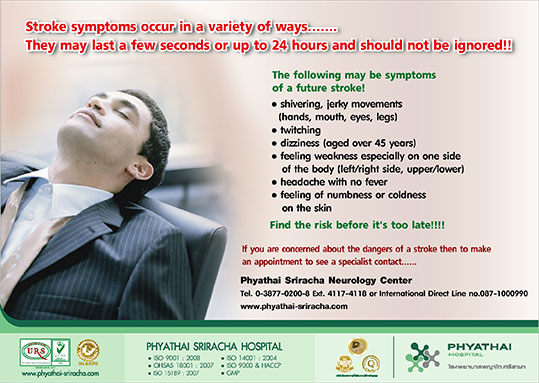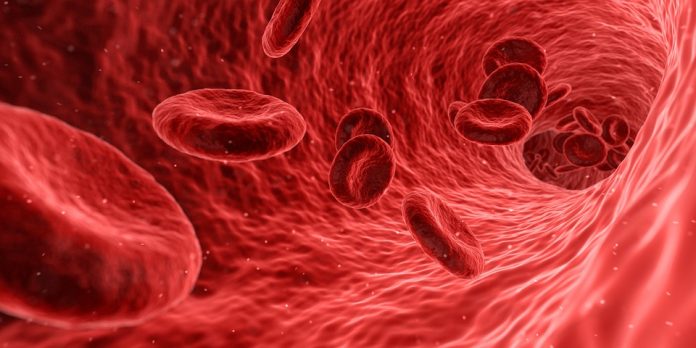A stroke happens when a blood clot blocks blood flow to the brain. This causes brain tissue to become damaged or die.
A stroke, sometimes called a brain attack, occurs when something blocks blood supply to part of the brain or when a blood vessel in the brain bursts. In either case, parts of the brain become damaged or die. A stroke can cause lasting brain damage, long-term disability, or even death.
Learn more about what causes stroke and what happens during a stroke.
Understanding Stroke
To understand stroke, it helps to understand the brain. The brain controls our movements, stores our memories, and is the source of our thoughts, emotions, and language. The brain also controls many functions of the body, like breathing and digestion.
To work properly, your brain needs oxygen. Although your brain makes up only 2% of your body weight, it uses 20% of the oxygen you breathe. Your arteries deliver oxygen-rich blood to all parts of your brain.
What Happens During a Stroke?
If something happens to block the flow of blood, brain cells start to die within minutes because they can’t get oxygen. This causes a stroke.
There are two types of stroke:
• An ischemic stroke occurs when blood clots or other particles block the blood vessels to the brain. Fatty deposits called plaque can also cause blockages by building up in the blood vessels.
• A hemorrhagic stroke occurs when a blood vessel bursts in the brain. Blood builds up and damages surrounding brain tissue.
Both types of stroke damage brain cells. Symptoms of that damage start to show in the parts of the body controlled by those brain cells.
Quick Treatment Is Critical for Stroke
A stroke is a serious medical condition that requires emergency care. Time lost is brain lost. Every minute counts!
Stroke Signs and Symptoms
Sudden severe headache with no known cause is a stroke sign in men and women.
During a stroke, every minute counts and Fast treatment can lessen the brain damage that stroke can cause.
By knowing the signs and symptoms of stroke, you can take quick action and perhaps save a life—maybe even your own.
Signs of Stroke in Men and Women
• Sudden numbness or weakness in the face, arm, or leg, especially on one side of the body
• Sudden confusion, trouble speaking, or difficulty understanding speech
• Sudden trouble seeing in one or both eyes
• Sudden trouble walking, dizziness, loss of balance, or lack of coordination
• Sudden severe headache with no known cause
Acting F.A.S.T. Is Key for Stroke
Recognize the Signs and Symptoms of Stroke
Acting F.A.S.T. can help stroke patients get the treatments they desperately need. The stroke treatments that work best are available only if the stroke is recognized and diagnosed within 3 hours of the first symptoms. Stroke patients may not be eligible for these if they don’t arrive at the hospital in time.
If you think someone may be having a stroke, act F.A.S.T. and do the following simple test:
F—Face: Ask the person to smile. Does one side of the face droop?
A—Arms: Ask the person to raise both arms. Does one arm drift downward?
S—Speech: Ask the person to repeat a simple phrase. Is the speech slurred or strange?
T—Time: If you see any of these signs, call for an ambulance as soon as possible.
Note the time when any symptoms first appear. This information helps health care providers determine the best treatment for each person. Do not drive to the hospital or let someone else drive you. Call an ambulance so that medical personnel can begin life-saving treatment on the way to the emergency room.
If you think you have suffered a stroke or if you would like to make an appointment to see a neurologist then please call Phyathai Sriracha Neurology Center on 24 hour number 087-100-0990 www.phyathai-sriracha.com











